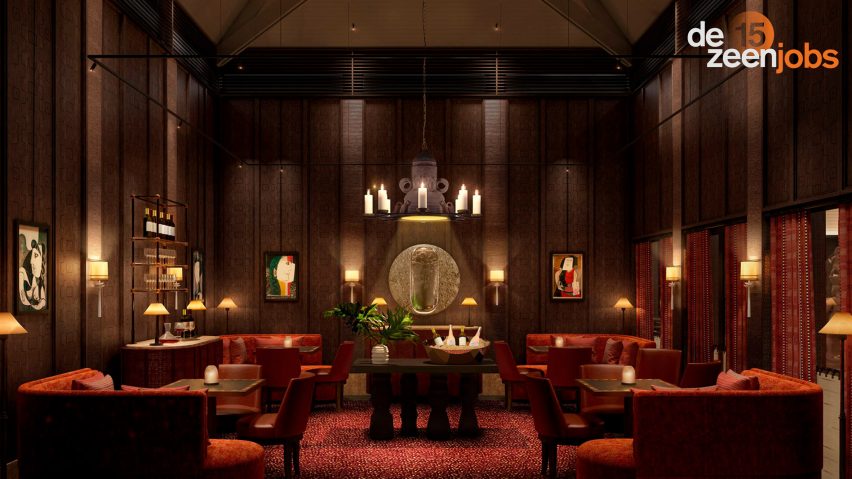
"Both recruitment practices and candidates have changed considerably over the past 10 years"
As part of our Dezeen Jobs: How We Recruit series, Kate Jarrett, senior designer at David Collins Studio, explains where the practice currently stands on recruitment.
Anna Marks: Please talk me through the type of projects the studio works on.
Kate Jarrett: David Collins Studio is an award-winning interior design, architecture and product studio, creating internationally recognised hospitality, residential and retail destinations across the globe. The studio works with brands that represent the best in their fields as well as private clients who share our obsession with detail, craft and refinement.
As a multi-sector design studio with nearly 40 years of experience, we have recently added maritime to our portfolio – working with Cunard on their latest cruise ship Queen Anne. This year the studio has delivered womenswear spaces for Harrods, an Italian restaurant at Fontainebleau Miami Beach and Anantara Plaza Nice Hotel.
We are working on several projects, ranging from standalone restaurants with Michelin-starred chefs to full-scale luxury hotels. It is an exciting time to work at David Collins Studio, as we have an unprecedented number of new projects completing in the next few months – F&B spaces within the new Studio Gang-designed St. Regis Chicago, a hotel in Vegas and an art-inspired all-day brasserie in Monaco.
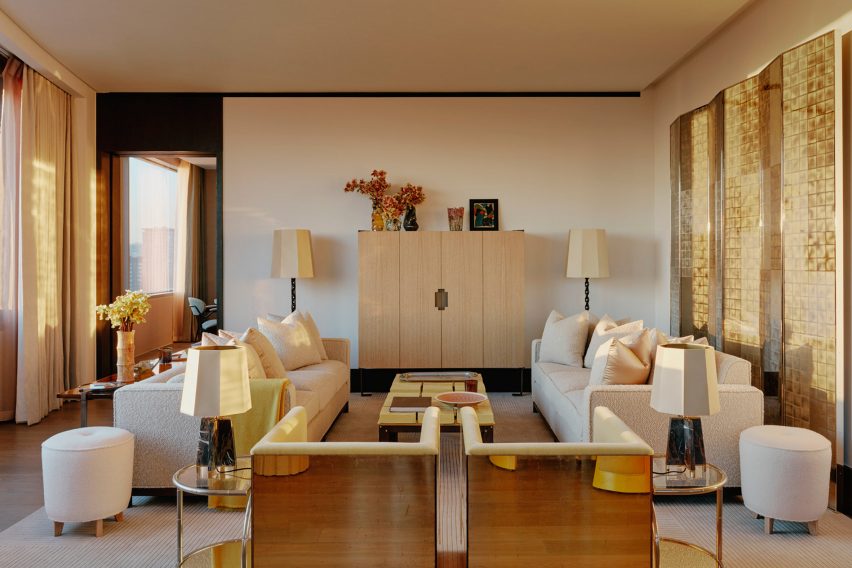
Anna Marks: Where do you currently stand on recruitment in comparison to 10 years ago?
Kate Jarrett: I think both recruitment practices and candidates have changed considerably over the past 10 years. The process is far more rigorous, with several rounds of interviews and portfolio reviews. With information at our fingertips, thanks to technology and social media, we are looking for more than just technical skills.
Our recruitment avenues have also broadened, meaning we can attract new talent from a much wider pool. We are lucky to have a strong social media presence so advertising on Instagram and LinkedIn really boosts our exposure. I would say it is far more about what you know, rather than who you know. This is reflected in the diversity of our team, who come from across the world.
In the post-pandemic era, candidates are also increasingly aware of what companies can offer them. We have had to adapt in line with increasing expectations and understand that people take a much more holistic approach to job hunting.
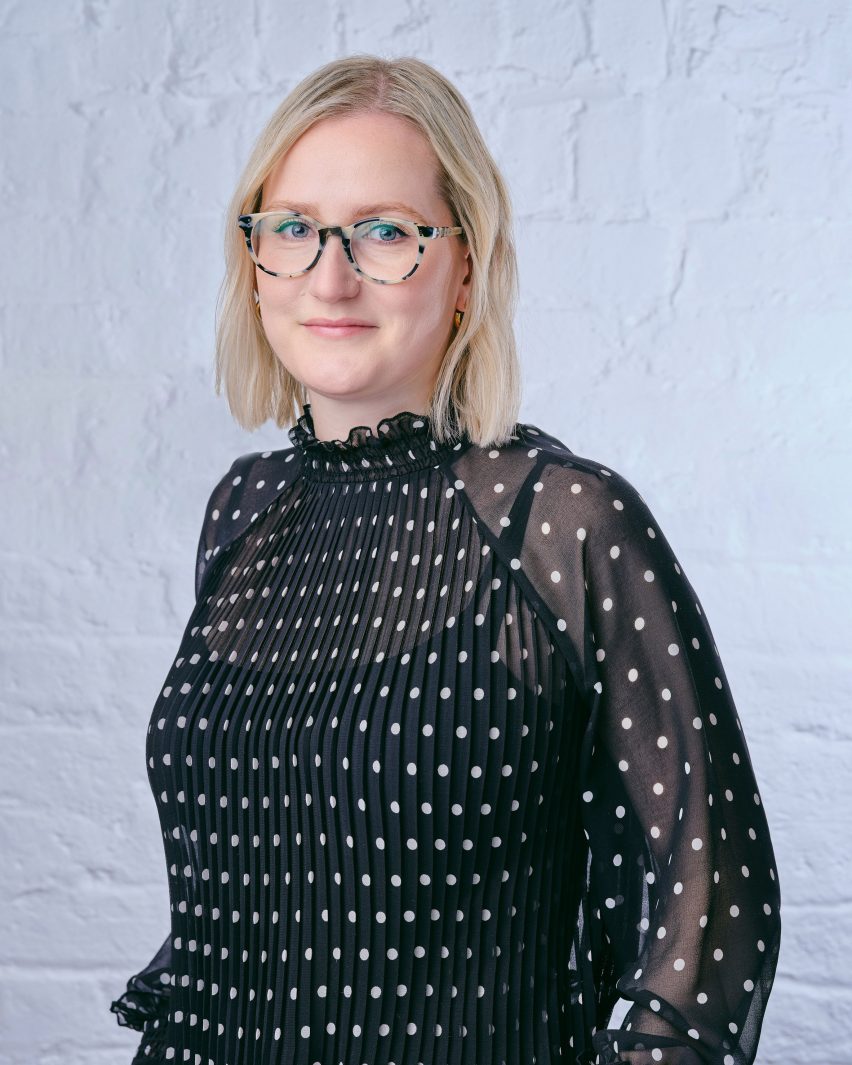
Anna Marks: What new skill sets are you looking for candidates to have?
Kate Jarrett: We have a far greater emphasis on 'soft skills' when recruiting candidates. As we try to rebuild our studio culture post-Covid, fostering an environment of openness, communication, teamwork, and problem-solving is more important than ever.
Technological skill is also key. Different client requirements require design teams to work across programmes, whether that be CAD, SketchUp, Rhino, 3D Maxx or Photoshop. Streamlining the process and enhancing efficiency is important and that goes hand in hand with technology.
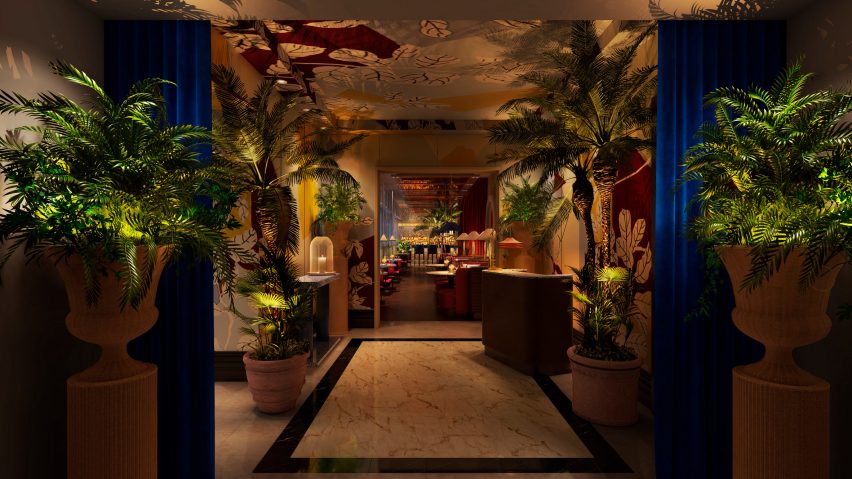
Anna Marks: During the interview/application process is there anything that you're doing differently than you did 10 years ago?
Kate Jarrett: The application process is far more rigorous than it was in the past I think. New hires often come to us through personal recommendations, however, we increasingly rely on recruiters and job platforms like LinkedIn and Dezeen to broaden our reach and advertise to a larger pool.
In line with our D&I policies, we also request all CVs and portfolios come to us without pictures or personal information so that decisions are made purely based on the experience and work shown.
We have taken steps to improve our interview process, holding first interviews via phone or online to offer candidates greater flexibility. Second and third-round interviews are conducted by the teams themselves, as they know the skills required for their particular projects. The directors come in at the end of the process to meet applicants if they are successful. We find giving the senior designers the autonomy to hire their own teams far more effective.
We also work with a fantastic charity called United In Design (UiD), which works to address the lack of diversity within UK interior design. Since 2020, David Collins Studio has been offering work experience opportunities to UiD apprentices.
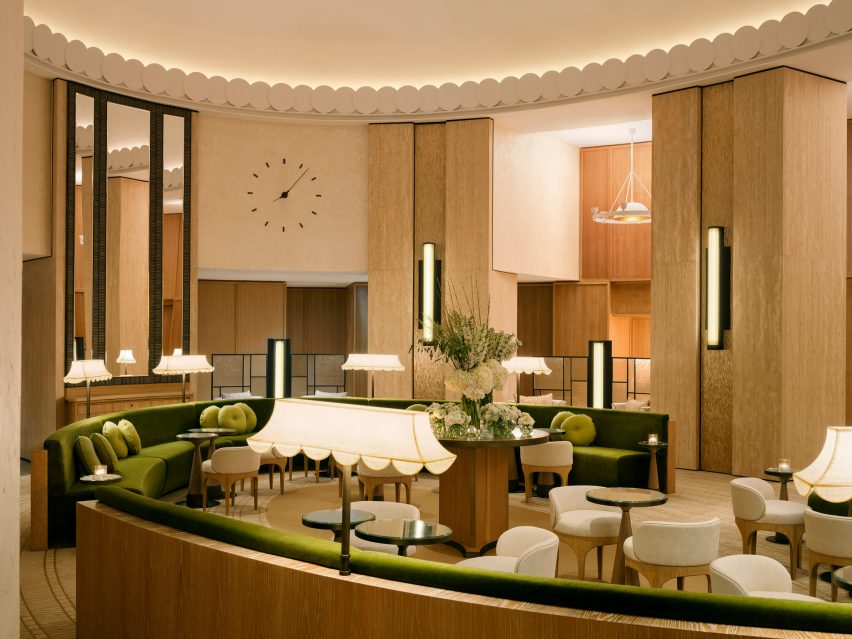
Anna Marks: From the candidates that are applying for the roles that you have recently listed, do you see a pattern in their experience?
Kate Jarrett: We find that people applying for roles at David Collins Studio have a range of experience, often from similar luxury studios, working on high-end hospitality and residential design.
However, candidates often come from studios of a far different scale or sector, that would like to develop and diversify their skills by working with us on ultra-luxury interiors, with larger budgets, timeframes and detail required. Designers also tend to move more frequently these days, with two to three years being the average.
For large-scale hotel projects, this means that a designer may never have seen a project all the way through from concept to completion. This is a key area of experience that is often lacking in candidates.
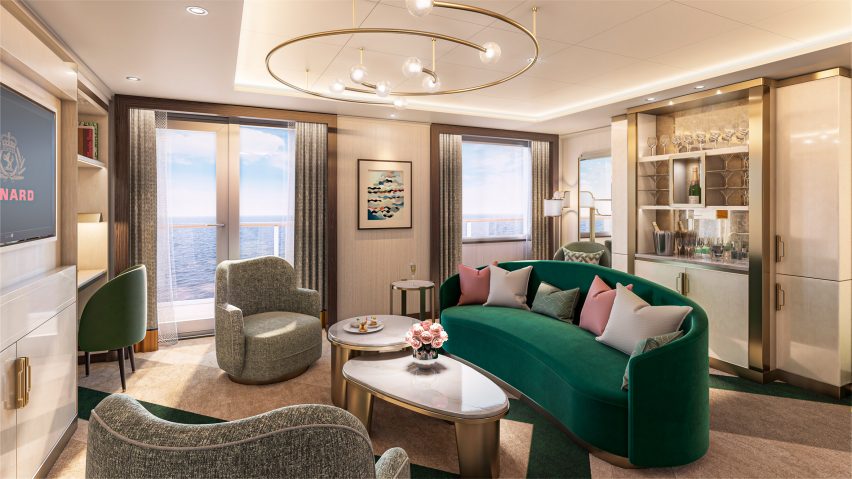
Anna Marks: What advice can you give people looking for a role in the company?
Kate Jarrett: Passion – I think this is the most important quality we look for when hiring new talent. An ability to adapt and be hands-on is also key – we work across all aspects of a project, right through from concept creation to on-site implementation. Also, make sure you’ve done your research – be familiar with our projects, our clients and our multi-sector offer. Tailor your portfolio and cover letter accordingly in order to stand out.
Anna Marks: Please can you tell me your go-to resources for recruitment?
Kate Jarrett: Our recruitment comes from several channels – we work closely with specialist recruitment agencies as well as job posting sites like Dezeen. We also advertise directly through our website and social channels and get a lot of interest through Instagram and LinkedIn.
Dezeen Jobs: How We Recruit series
This article is part of Dezeen Jobs: How We Recruit, a series of interviews to mark Dezeen Jobs turning 15, which explores changing hiring practices and future recruitment needs for companies around the world.